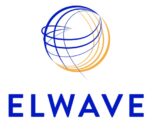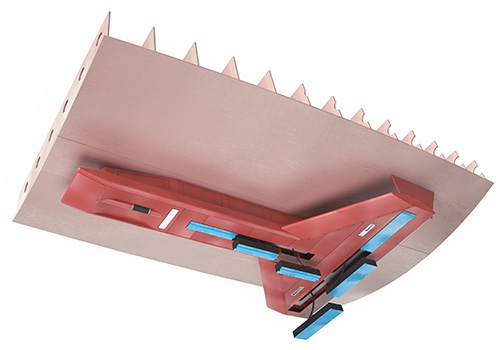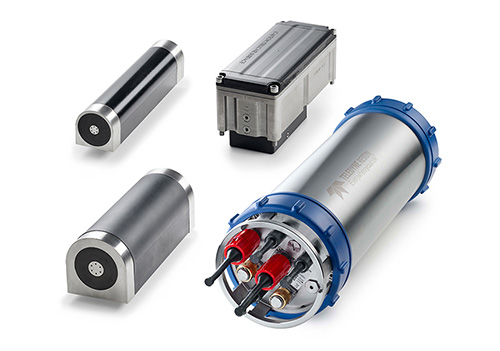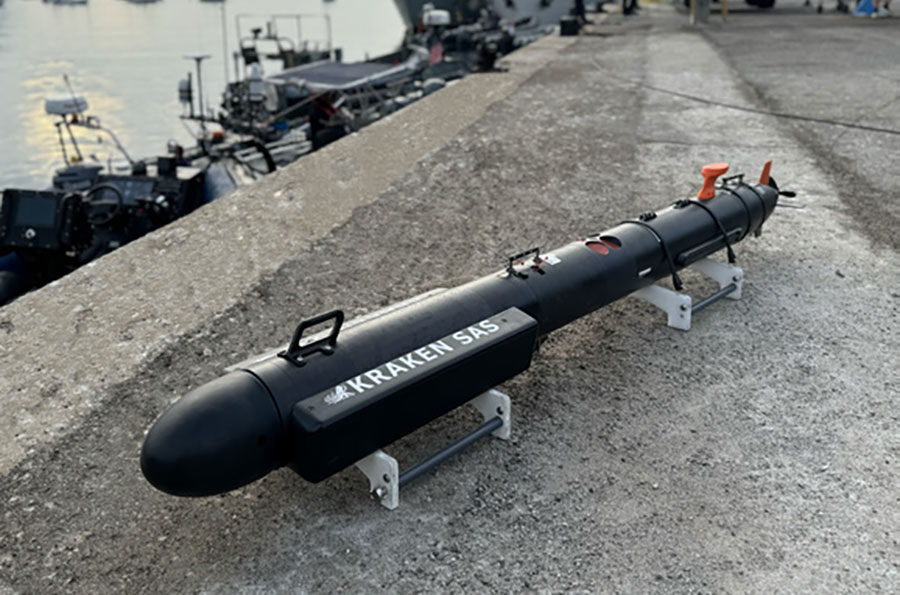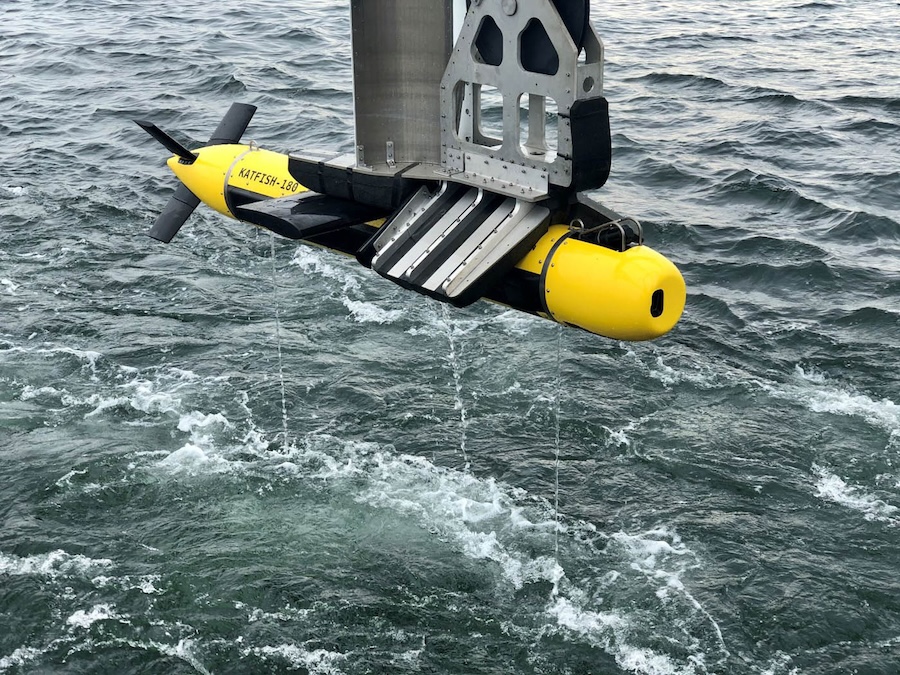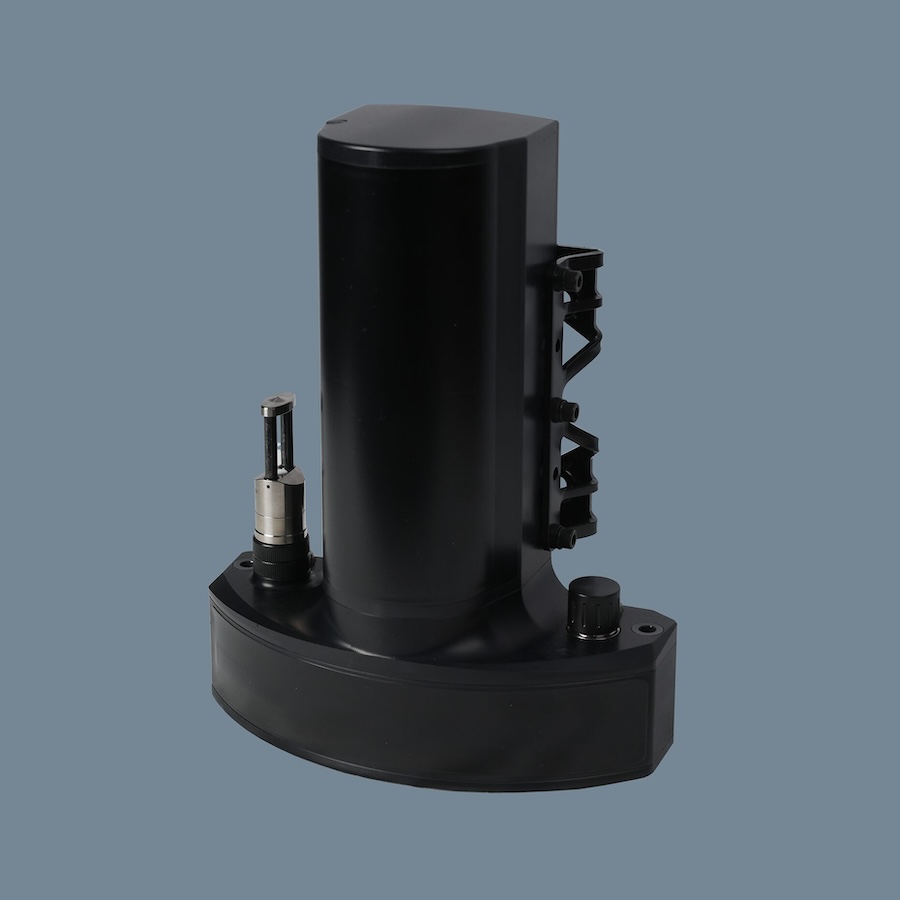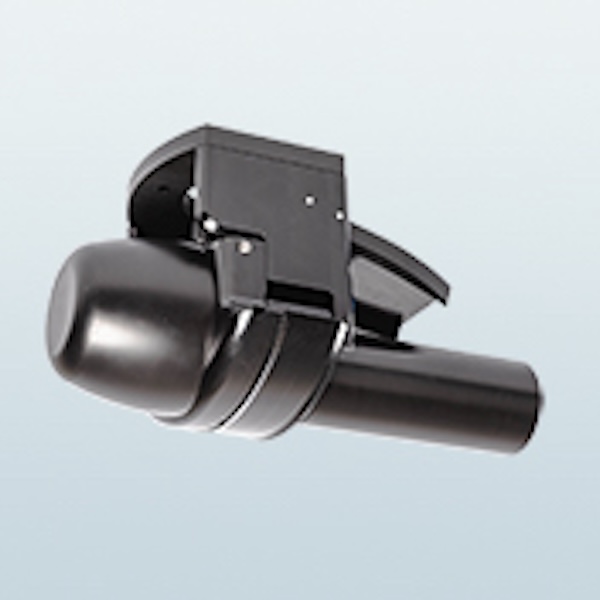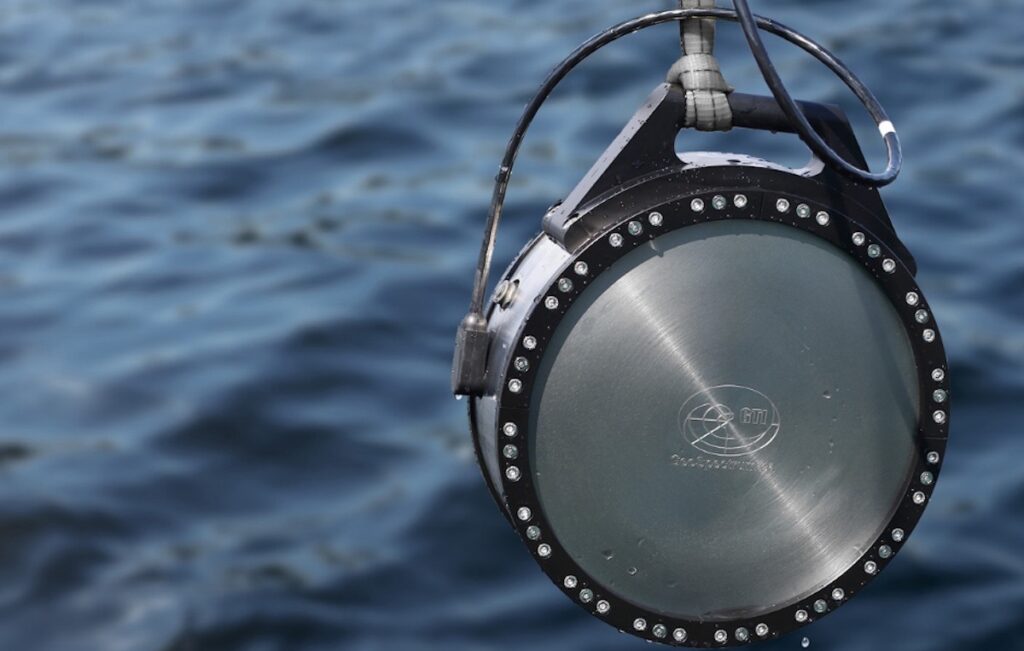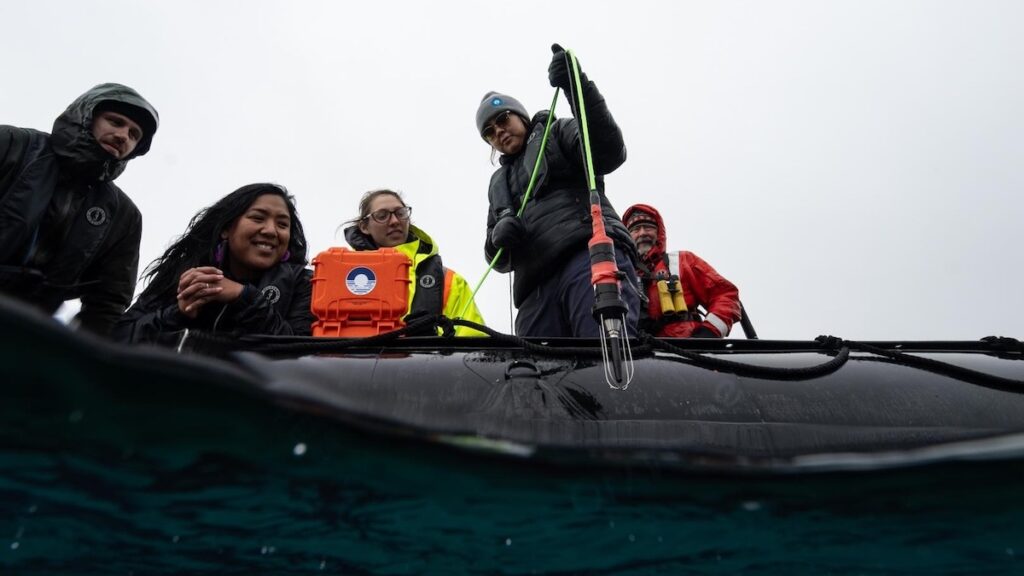Suppliers
Add your company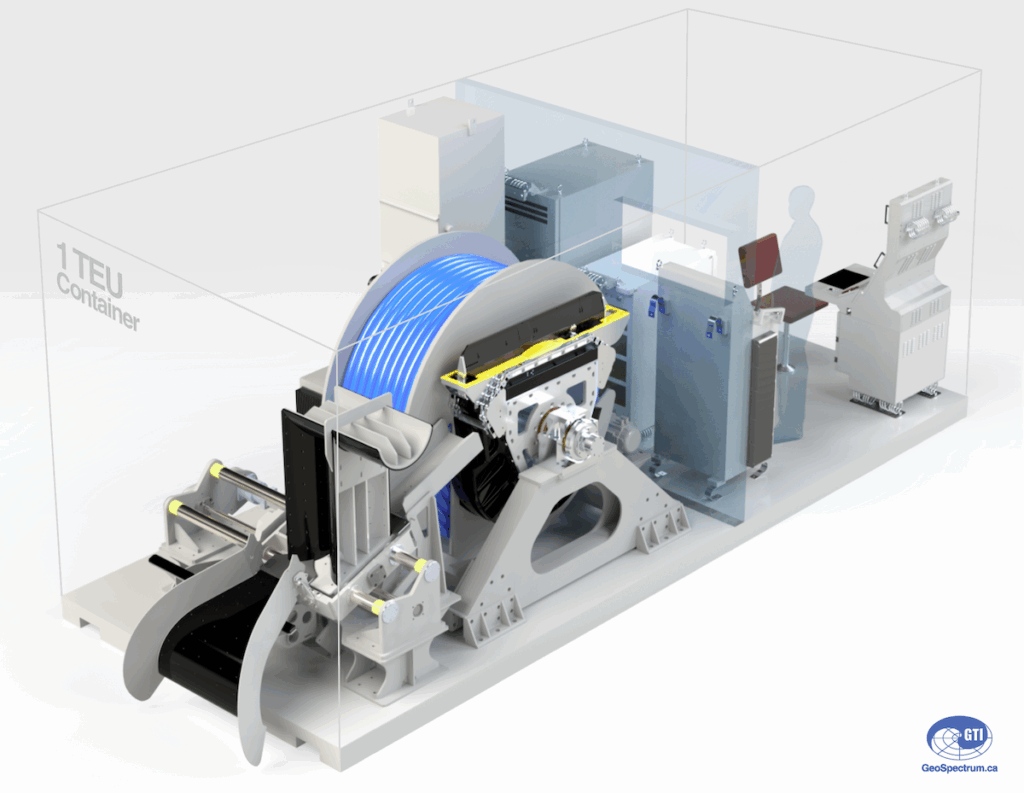
Marine Acoustic Hardware for Maritime Surveillance and Oceanography
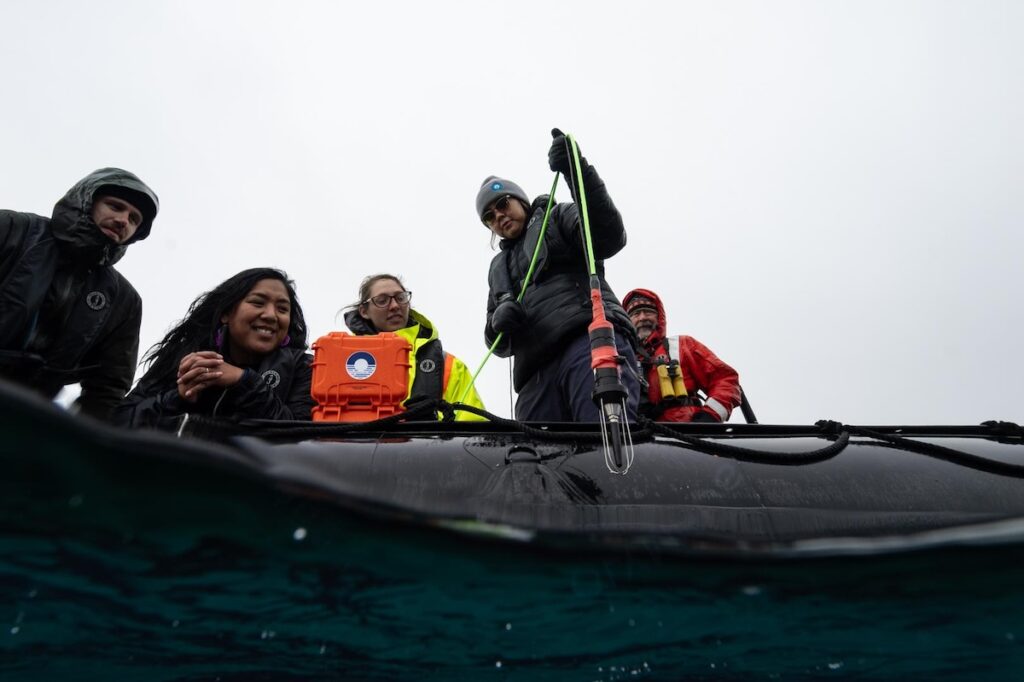
Advanced Real-Time Underwater Listening Technologies & Acoustic Monitoring Solutions
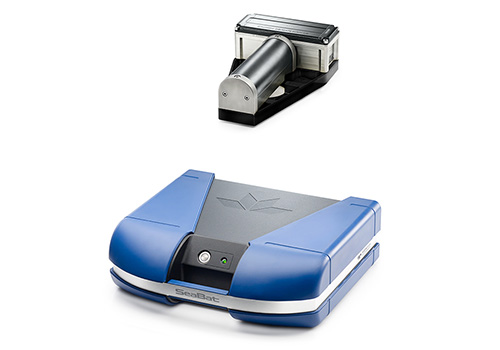
High-Performance Instruments, Sensors & Technologies for Exploring & Monitoring Subsea Environments
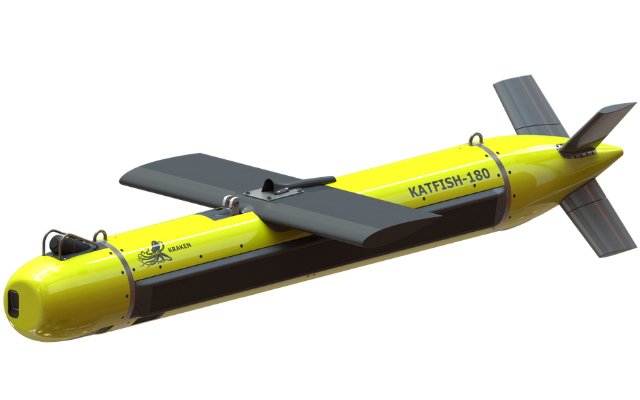
Industry-Leading Underwater Imaging and Power Solutions for Demanding Professional Survey Applications

Underwater Acoustic Sensors, Signal Processing & Autonomy Solutions for Uncrewed Maritime Vehicles
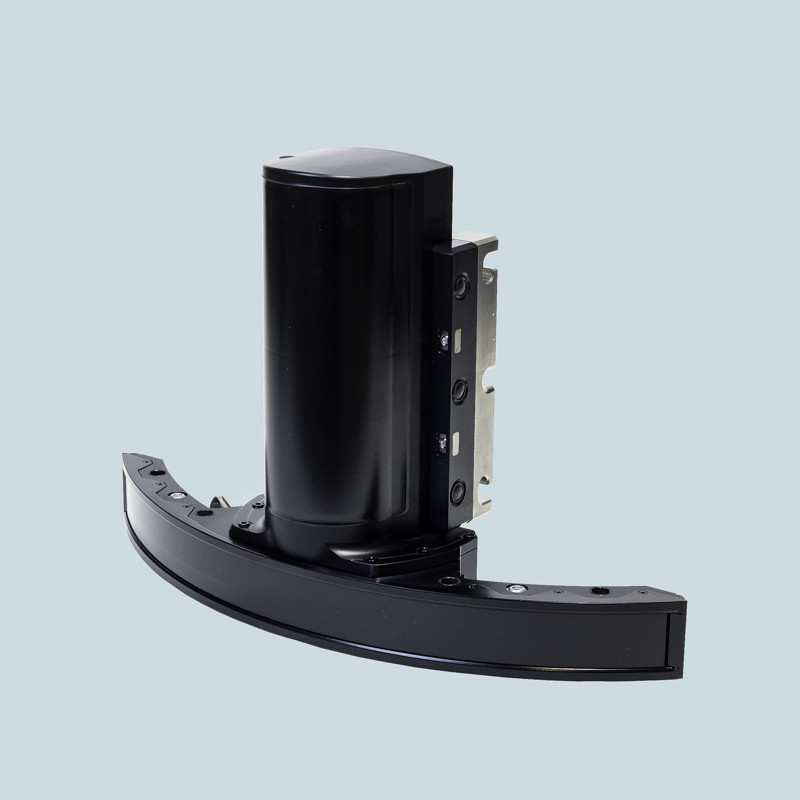
Cutting-Edge Multibeam Sonar Solutions for Marine & Subsea Applications

Acoustic & Sonar Technologies for Marine & Maritime Applications
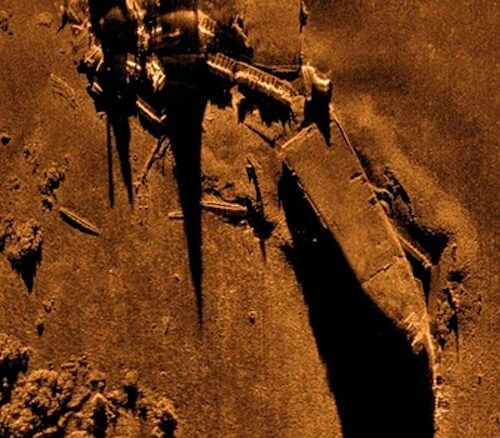
Advanced Sonar Systems for Underwater Detection, Imaging & Navigation

Innovative Underwater Electromagnetic Sensing & Imaging Solutions
If you design, build or supply Sonar Array Systems (Hydrophone Arrays), create a profile to showcase your capabilities on this page
Products
Sonar Array Systems (Hydrophone Arrays) for Industrial, Scientific, and Military Applications
A sonar array comprises multiple hydrophones (underwater acoustic sensors) arranged in specific geometries, linear, planar, spherical, cylindrical, and conformal, to sample acoustic waves from the underwater environment. By processing the time differences and phase shifts of sound signals arriving at each hydrophone, the system performs beamforming, enhancing signals from specific directions while suppressing noise.
Array vs Single Hydrophone
While a single hydrophone captures sound pressure, it cannot determine the direction of the source or suppress interference. A hydrophone array offers:
- Directionality through beamforming, enabling bearing estimation, target tracking, and vessel tracking.
- Improved signal-to-noise ratio through coherent combination of multiple sensors.
- Range extension by using louder emissions in active modes and combining long arrays.
Types of Sonar Arrays for Non‑Consumer Use
Linear Arrays & Towed Arrays
- Linear/horizontal arrays: hydrophones in a line or cylinder; used portside on ships or buoys for environmental monitoring, submarine detection, and marine mammal monitoring.
- Towed array sonar: trailed behind a vessel on a tow cable; variable depth for ship or submarine-deployed detection and surveillance. Requires towed sonar array engineering and inertial sensors for positioning.
Planar, Conformal, & Spherical Arrays
- Planar arrays: flat grids used on AUVs or seabed installations; suited to underwater navigation, obstacle avoidance, and hydrographic surveys.
- Conformal arrays: integrated into vessel hulls, ROVs, or ASVs while conforming to surfaces; optimal for mine countermeasures, oil & gas surveys, and offshore inspections.
- Spherical arrays: 3D orientation with near-omnidirectional detection; ideal for acoustic communication, underwater archaeology, seabed mapping, and bathymetric surveys.
Cylindrical, SOSUS, Flank, Bow, and Vertical Line Arrays
- Cylindrical arrays: wrap around structures like buoys or towers; used in seabed mapping, pipeline inspection, and port surveillance.
- SOSUS hydrophone arrays: fixed large-scale seabed sensor nets for wide-area surveillance and anti-submarine warfare.
- Flank or bow arrays: mounted on a ship’s sides or hull, used in active sonar array systems for submarine detection.
- Vertical line arrays: deployed from surface vessels to detect depth-stratified targets and bottom reflections; useful for hydroacoustic research.
Multibeam & Synthetic Aperture Sonar
- Multibeam sonar: emits fan-shaped pings to map seabed topography (bathymetric surveys), used with precise navigation systems for accurate 3D mapping.
- Synthetic aperture sonar (SAS): combines ship or AUV motion with beamformed data to produce high-resolution 3D imagery of seabed features. Used in pipeline inspections, underwater infrastructure inspection, mine detection, and maritime surveillance.
Key Components of Sonar Arrays
- Hydrophone/transducer: core acoustic sensors.
- Amplifier and receiver: boost signal strength.
- Multiplexer: manages multiple hydrophone signals feeding into the DSP.
- DSP & digital signal processor: required for beamforming and processing arrays.
- Data acquisition systems and telemetry units: record data and support real-time monitoring.
- Control modules and telemetry: oversee settings, navigation, and communication.
Inertial sensors and GNSS/GPS ensure accurate positioning and orientation of the system.
Applications of Sonar Array Systems
Environmental & Scientific Monitoring
Arrays on buoys and seabed installations support marine mammal monitoring, ocean-floor mapping, and long-term acoustics research.
Trawl Monitoring & Fisheries Research
Sonar arrays, particularly linear and planar configurations, are used in trawl monitoring to track net behavior, fish school density, and species identification in real time. These systems help optimize catch efficiency while minimizing environmental impact, and are often integrated with acoustic sensors and digital signal processors for precise data collection in fisheries research and management.
Offshore Inspection & Infrastructure
Conformal and multibeam arrays on ROVs and AUVs conduct pipeline inspections, seabed surveys, and infrastructure assessments with high-resolution imaging and site navigation awareness.
Subsea Mapping & Hydrographic Surveys
Multibeam and SAS arrays provide detailed bathymetric maps for navigational charts, cable routing, and scientific surveys.
Underwater Communication & Navigation
Arrays enable acoustic communication between submerged vehicles or with topside ships. Navigation-focused arrays on AUVs, ROVs, or submersibles ensure collision avoidance and accurate positioning.
Vessel & Port Security
Sonar arrays enable passive detection of incoming vessels or submarines, while active towed and hull-mounted arrays provide comprehensive security coverage. Variable-depth sonars (VDS) and dipping sonars are essential for ASW and port security missions.
Military & Defense
Fixed SOSUS arrays and mobile towed arrays support anti-submarine warfare, submarine detection, and maritime surveillance. Bow and flank arrays enable active detection for naval vessels.
Niche Uses
- Underwater archaeology: non-invasive imaging via SAS or multibeam to map artifacts.
- Fisheries research: arrays detect and track schools.
- Pipeline monitoring: identify leaks, damage, or anchor strikes using moored arrays near critical assets.
Superior Detection, Navigation, Imaging, & Communication
Sonar array systems, ranging from simple linear wire arrays to sophisticated conformal and spherical configurations, are integral to maritime operations. By integrating multiple hydrophones, advanced electronics, and beamforming digital signal processors (DSPs), these systems achieve superior detection, navigation, imaging, and communication capabilities. Their applications span defense, offshore, scientific, and environmental spheres, delivering precise acoustic insights critical to undersea operations.












